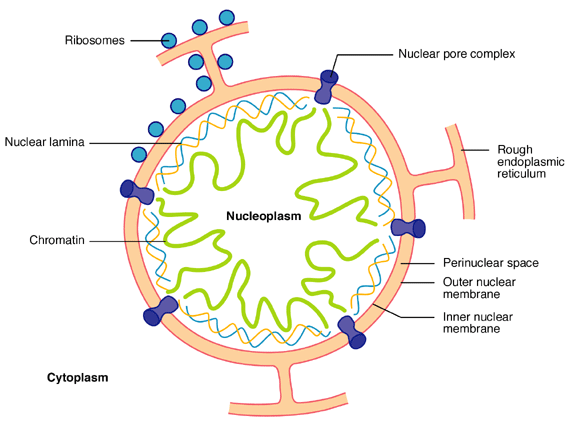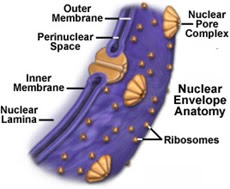

The cookie is used to store the user consent for the cookies in the category "Other. This cookie is set by GDPR Cookie Consent plugin. The cookies is used to store the user consent for the cookies in the category "Necessary". The cookie is set by GDPR cookie consent to record the user consent for the cookies in the category "Functional".

The cookie is used to store the user consent for the cookies in the category "Analytics". These cookies ensure basic functionalities and security features of the website, anonymously. Necessary cookies are absolutely essential for the website to function properly. Before they exit the nucleus, they undergo a process known as post-transcriptional modification where molecules are added or removed from the structure. Processing of pre-mRNA: Newly synthesised mRNA molecules are known as pre-mRNA.As the nucleus is the site of transcription, proteins within the nucleus play a key role in regulating the process. Gene expression: Gene expression first requires transcription, which is the process by which DNA is transcribed into mRNA.Cell compartmentalisation: The presence of a selectively permeable nuclear envelope separates the contents of the nucleus from that of the cytoplasm.The information above can be simplified into three key functions: During cell division, the nucleolus disappears. On microscopy, it appears as a large dense spot within the nucleus. After a cell divides, a nucleolus is formed when chromosomes are brought together into nucleolar organizing regions. The nucleolus is the site of ribosome and ribosomal RNA production. Figure 2 - Schematic diagram of euchromatin and heterochromatin Nucleolus It is activated by acetylation. In contrast, heterochromatin is the 'inactive' form, and is densely packed. On electron microscopy, euchromatin stains lighter than heterochromatin which reflects their relative densities. Euchromatin is the form of chromatin present during gene expression, and has a characteristic ' beads on a string' appearance.

Figure 1 - The nucleus Nuclear envelopeĬhromatin can exist as either euchromatin or heterochromatin. It is activated by acetylation. In contrast, heterochromatin is the ‘inactive’ form, and is densely packed. On electron microscopy, euchromatin stains lighter than heterochromatin which reflects their relative densities. Euchromatin is the form of chromatin present during gene expression, and has a characteristic ‘ beads on a string’ appearance. Specifically, a nucleosome describes a segment of DNA associated with 8 histone proteins. By associating with histones, DNA is more compact and able to fit into the nucleus.Ĭhromatin can exist as either euchromatin or heterochromatin. Histones combined with DNA form nucleosomes, which are the subunit of chromatin. The primary protein components of chromatin are histones, which are highly basic proteins that associate readily with DNA. ChromatinĬhromatin describes DNA that is complexed with proteins. This is a protein mesh, which is more organised on the internal surface on the nucleus than on the cytoplasmic surface. Mechanical support for the nucleus is provided by the nuclear lamina. Larger molecules such as larger proteins and nucleic acid are unable to pass through these pores, and so the function of the nuclear envelope is to selectively separate the contents of the nucleus from that of the cytoplasm. This small size controls the passage of molecules into and out of the nucleus. The envelope is perforated by small gaps known as the nuclear pores. These pores are around 100nm wide in true diameter, however due to the presence of central regulatory proteins the true size of the gap is around 9nm. The nucleus is completely surrounded by the nuclear envelope. This consists of both an inner and outer membrane which run parallel to each other.


 0 kommentar(er)
0 kommentar(er)
